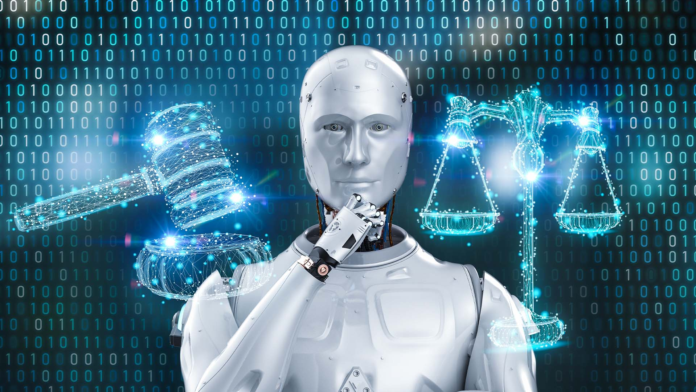
Docket Summary
- Senate Judiciary Chairman Chuck Grassley demands answers from two federal judges after error-riddled court orders suggest unchecked AI use—reversing the recent trend of attorneys being sanctioned for AI hallucinations
- U.S. District Judge Henry T. Wingate allegedly backdated a corrected order and scrubbed the original from public records after Mississippi’s Attorney General identified fake parties, misquoted laws, and phantom individuals in a DEI ruling
- The controversy erupts as California’s September 2025 AI rules for judges take effect, raising urgent questions about whether judicial delegation to algorithms threatens constitutional due process
WASHINGTON – For two years, federal courts have sanctioned attorneys who submitted briefs contaminated with AI hallucinations—fake citations, nonexistent cases, fabricated quotes. Now the tables have turned. Two Article III judges face Congressional scrutiny for allegedly using generative AI to draft substantive court orders without adequate human review, producing errors so egregious they triggered cover-up allegations and Constitutional concerns.
On October 3, 2025, Senator Chuck Grassley launched a formal oversight inquiry into U.S. District Judges Henry T. Wingate (Southern District of Mississippi) and Julien Xavier Neals (District of New Jersey), demanding explanations for court orders riddled with factual inaccuracies that legal experts say bear the hallmarks of unvetted AI output.
“No less than the attorneys who appear before them, judges must be held to the highest standards of integrity, candor, and factual accuracy,” Grassley wrote in separate letters to both judges. “Indeed, Article III judges should be held to a higher standard, given the binding force of their rulings on the rights and obligations of litigants before them.”
Read Grassley’s letter to Wingate HERE and letter to Neals HERE.
The more serious case involves Judge Wingate’s July 20, 2025 temporary restraining order blocking Mississippi’s ban on diversity, equity and inclusion programs in public schools. Mississippi Attorney General Lynn Fitch’s office filed a motion documenting four categories of errors that suggest AI fabrication:
Phantom parties: The order named plaintiffs and defendants who were never involved in the case.
Misquoted statutes: State law provisions were inaccurately cited.
Unsupported factual claims: The ruling included assertions with no basis in the evidentiary record.
Ghost individuals: Four people referenced in the order do not appear anywhere in the case file.
When confronted with these errors, Judge Wingate’s response raised additional red flags. He issued a “corrected” version of the order—but backdated it to the original July 20 filing date. More troubling: Wingate removed the error-filled original from the public docket entirely, erasing the transparent record of the court’s mistake. His only explanation dismissed the fabrications as “clerical” errors, with no acknowledgment of how such systematic inaccuracies could occur.
Legal ethics experts note that backdating court documents and scrubbing public records suggests consciousness of serious misconduct. “This isn’t a typo,” said one federal practice attorney who requested anonymity. “You don’t accidentally invent four human beings and multiple parties to a lawsuit. And you definitely don’t hide the evidence when you get caught.”
Judge Neals’ case in a biopharma securities matter followed a different trajectory—but reached the same disturbing destination. On July 23, 2025, Neals withdrew his entire decision after defense counsel identified multiple AI-characteristic errors:
Fabricated quotes: The opinion attributed statements to defendants they never made.
Phantom precedent: The ruling cited quotes from judicial decisions that don’t actually contain those passages.
Reversed outcomes: The opinion misstated case results, claiming motions to dismiss were denied when court records show they were granted.
Unlike Wingate, sources close to the New Jersey court offered an explanation—one that may be worse than silence. According to reporting, “a person familiar with the matter” revealed that “a temporary assistant” in Neals’ chambers “used an artificial intelligence platform” to draft the decision, and “the opinion was inadvertently issued before a review process was able to catch errors introduced by AI.”
This admission raises immediate questions: What review process existed if the opinion was issued before it could catch obvious errors? And most fundamentally: Is a federal judge’s constitutional obligation to decide cases delegable to algorithms supervised by temporary staff?


